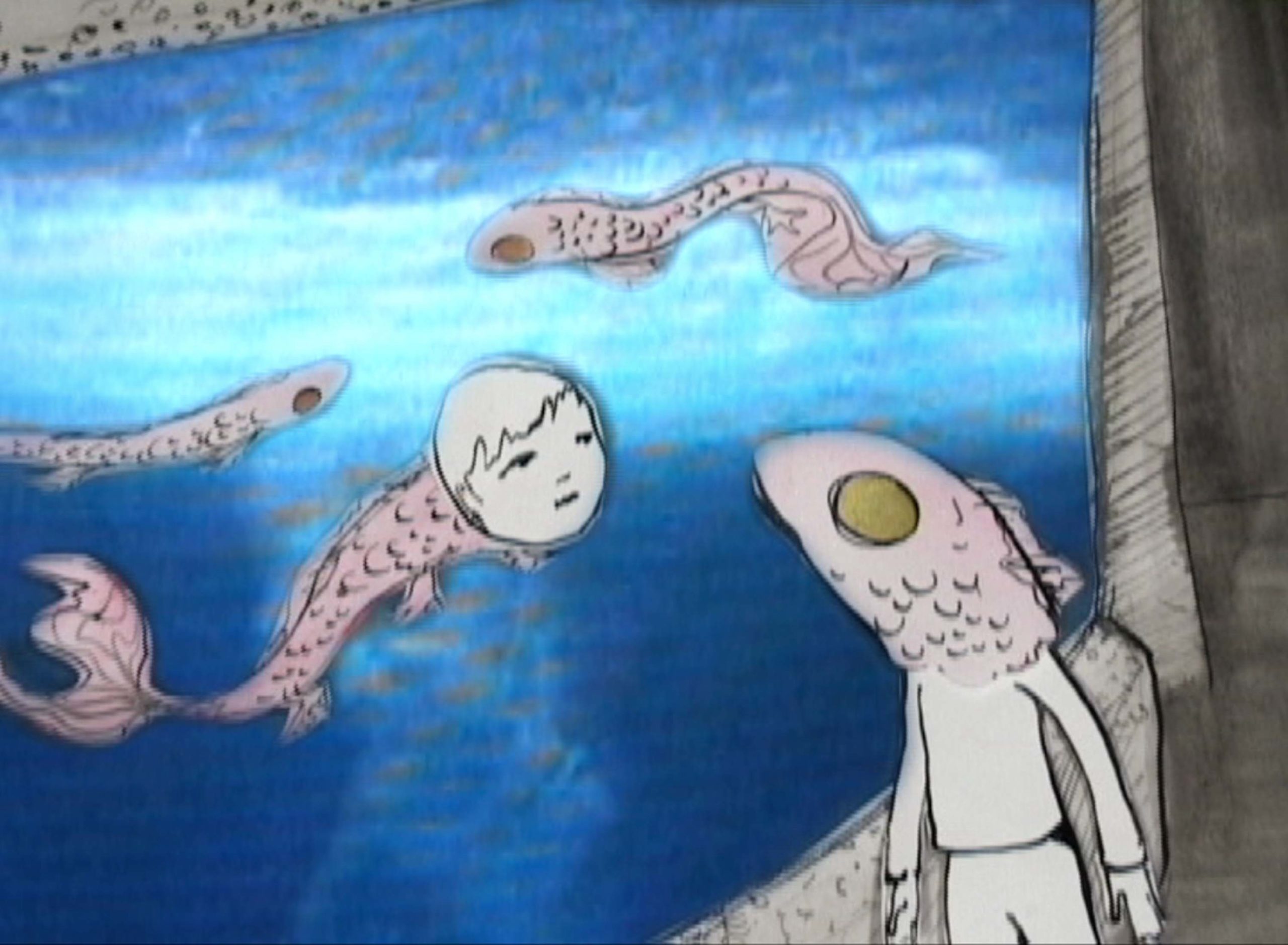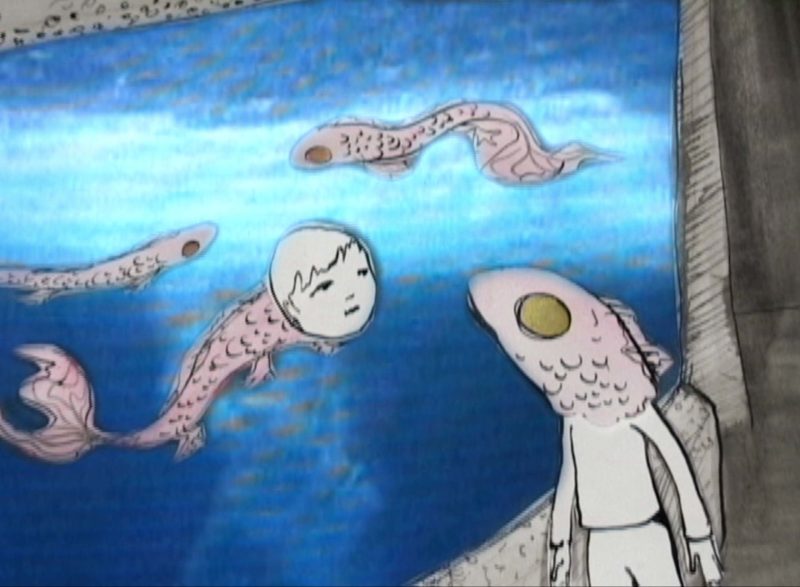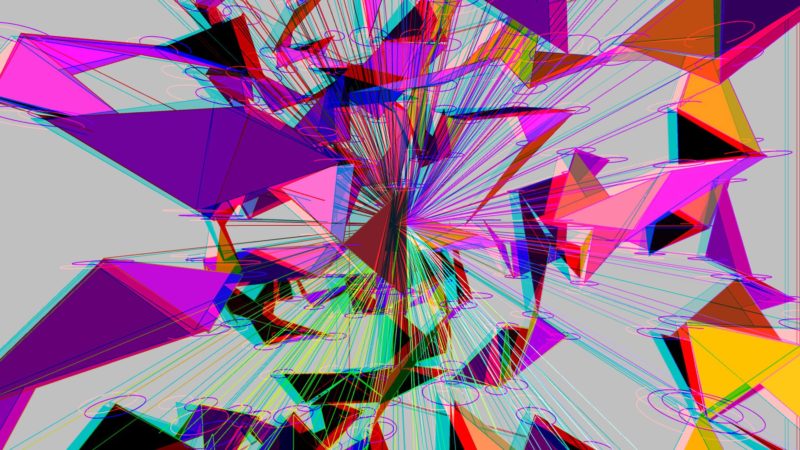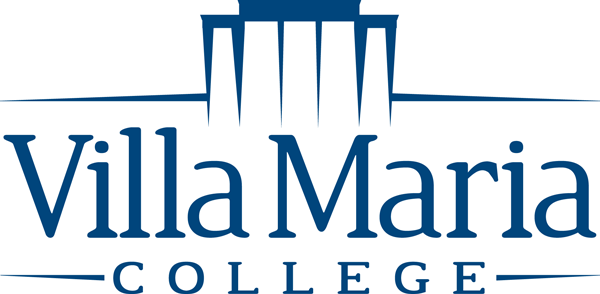
- This event has passed.
Squeaky Wheel’s 17th Animation Fest!
September 25, 2020 @ 7:00 pm– September 26, 2020 @ 7:00 pm EDT

Friday, September 25, 2020, 7 pm ET
Free or suggested donation
Registration required. Click here to register.
Upon registration, you will receive an email with information on how to view the event. If you encounter any issues, please send us a text message at 716-427-4125.
Squeaky Wheel is excited to announce the 17th edition of our annual Animation Fest! The festival showcases artworks made in a diverse variety of animation techniques such as stop-motion, claymation, 3D animation, hand-painted film, special effects, and motion graphics. This years virtual edition is guest curated by Tabia Lewis, and focuses on the interconnectivity between magical realism, trans-subjectivity, and experimental animation. Filmmakers featured in the fest include aleksandar radan, Azalia Primadita Muchransyah, Jazmyn Palermo, Jeanette Fantone, Jia-Rey Chang, Jordan Shaw, Karis Jones, Rosa Barbara Nussbaum, sandra araújo, Serena Lee. The 17th Animation Fest is sponsored by Villa Maria College.
The screening will be followed by a live Q&A over Google Docs with the curator and several of the artists at 8 pm. The screening and Google Docs Q&A will be available to view for up to 24 hours. An essay by the curator will be available for all who register for the event. If you miss the live event, you can register to view the event through Saturday, September 26, 7 pm ET.
Program
47 minutes total. This program is intended for audiences age 13 and up. Content warnings: Nudity, flashing lights and images, low-frequency noises, body horror, suggested death. Images and descriptions of the films courtesy of the filmmakers.

Serena Lee, Axolotl, 6:19 min, 2007
Based on a short story by Julio Cortázar — please refer to email conversation between myself and Tabia Lewis 🙂

Rosa Barbara Nussbaum, The Golfers, 2:13 min, 2018
A young woman finds golf balls and hatches them into tiny golfers on her night stand. Hand drawn cel animation.

Jeanette Fantone, Duet, 3:11 min, 2019
Duet is an audiovisual piece exploring the relationship between two siblings. In separate existence, their eventual permeation is found with synchrony and saturation.

Karis Jones, Lawton, 3:04, 2020
A collection of 312 drawings illustrating Lawton. A thing that lives in a room where things it does not understand happen.

aleksandar radan, in between identities, 9:00 min, 2015
In between Identities originated from a game mod in which the artist manipulated disoriented, half-naked avatars that wander around darkened cityscapes in bathing suits, fur coats, or with slices of cucumber over their eyes. They function as shell-like proxies for players, appearing at once strangely massive and empty within the sometimes crude aesthetic of the computer game. The computer game offers a fascinating realm of possibility, that both despite and because of its very specifications and preconfigurations continually offers room for improvisation and intuition. Within the circumscribed, programmed space, the freedom arises to undermine the “actual” purpose of the game. In abandoning the script and storyboard, new narratives and choreography can be orchestrated with the remaining elements.
Here, the avatars seem to have their own lives in the grey zone between the player’s identity and that of the character played. The collapse of meaningful connections leaves behind a void that can be understood both as a free space outside of everyday routines as well as a space lacking in the means for making personal connections. As observers, we experience ourselves as voyeuristic participants in the game and plunge into its dreamlike atmosphere of shifting realities and identities.

sandra araújo, MOM, I’M NOT EATING, 3:53 min, 2019
Transitional < body > Witch Warrior ()==[:::::::::::::> collaboration between trans dj / artist Odete && non-binary queer digital artist sandra araújo. Although, labels should not matter as they (still) tend to objectify over human complexity, it brings up to surface the translation / representation of < gender > into social space. This virtual identity #shout(s) out to a sensory and imaginative concept of identification through video game related characters. An empathic form of identity and strong emotional connection with the < avatar > as a set of default actions / assets that translate into tools / text of visual representation.

Jia-Rey Chang, Living Wonderland, 2:07 min, 2020
Living Wonderland not only metaphorically reveals our lust of craving for freedom but also illustrates the kindness embedded in everyone during this COVID-19 epidemic/quarantine period. No matter it represents the lust or the kindness of every human being, that Wonderland deep in everyone’s awareness is just like a “living thing” eager to break through the “frame” of any pre(post)-set constraints, illness, and boundary to look for hope. However, we all know that keeping a distance at the time will benefit the entire world. Our inner nature is drastically swinging between the furious thoughts(fears) and the peaceful mind, just like the heartbeat, just like this living wonderland. It is a loop of a short 2-minute film piece. The audience might view the piece through their own 3D glasses to have the stereoscopic effect but not necessary and still can enjoy the colorful vision without it. The entire piece is created by the scripts of code as generative art (creative coding).

Jazmyn Palermo, Teenie Hams’ Adventures in Genderland, 9:54 min, 2018
A child leaves the bleak and boring world they know on an adventure to new worlds, magical creatures, and newfound identity.

Azalia Primadita Muchransyah, Concrete Jungle, 1:00 min, 2019
Accompanied by a mix of soundscapes and music, Concrete Jungle juxtaposes different living creatures with manmade architectures. It is a reimagination of how nature should reclaim its rightful place amidst the busy and deafening city life.

Jordan Shaw, Canadian Abstracts #2, 7:12 min, 2020
Canadian Abstracts #2 is a continuation of the machine learning series I’ve been working on over the last few years. Pretty excited to have been able to get the GAN network to produce higher resolution video. Canadian Abstracts is an exploration of computational creativity focused on the relationships with nature and our environment. Canadian Abstracts uses a Generative Adversarial Network (GAN) which is a type of Artificial Intelligence. This algorithm is trained on ~10000 artworks by all members of the Group of Seven. Through the visual exploration of these new Canadian Landscapes, does our own understanding and view of Canada, it’s wilderness and our environment match that of the algorithms? Are these A.I. landscapes familiar to you? Could these landscapes really exist? Or might these images only be the dreams of a technological system that is trying to understand our physical world?
Bios of the artists and curator
Aleksandar Radan was born in Offenbach am Main in 1988. He has been studying art at the Hochschule für Gestaltung Offenbach since 2010. His work is concerned with digital media and the fact that we are continually lagging behind. This notion of “lagging behind” may be understood on a metaphorical level.
However, it also finds direct expression in the artist’s marked interest both in body language that is influenced by technologies and mass-media communications as well as avatars and images in virtual spaces. The stereotypical, pre-programmed gestures of digital avatars that oscillate between life-like and artificially stiff form a leitmotif in Radan’s work. Improvisational moments augment these gestures, which are manipulated through game modding. Radan primarily films live action footage in altered computer game surroundings, which the artist has deliberately altered to serve as his stage sets. By interfering with a game’s software database, game modding enables one to rewrite the codes for a game’s visual surface textures and sounds, for example. In turn, they become artistic materials that can be manipulated. In Radan’s experimental short films, the programmed meets the improvised, and the default is confronted with the spontaneous actions of the artist—who is also the player—in a virtual environment.
Radan’s works have been featured at multiple venues, including the Clermont-Ferrand International Short Film Festival and the International Short Film Festival in Oberhausen.
Azalia Muchransyah is a filmmaker, writer, and scholar from Indonesia. She is a Ph.D. Candidate in Media Study at University at Buffalo (SUNY), funded by the 2017 DIKTI Fulbright Scholarship. In 2019 she became a Humanities, Arts, Science, and Technology Alliance and Collaboratory Scholar at HASTAC, a Social Impact Fellow at University at Buffalo (SUNY), and a Finger Lakes Environmental Film Festival Diversity Scholar at Ithaca College. Her research is on activist media, specifically for people living with HIV in Indonesian prison settings. Her short films have been officially selected and screened in international festivals and academic conferences.
Jaz is a trans artist working and living in Buffalo, N.Y. with a focus in stop-motion animation. They graduated with a BFA from Alfred University in 2018. Their work explores gay and trans identity through the vehicle of a campy, papier-mache, hot glue disaster.
Jeanette Fantone is an animator from Santa Barbara County, California. Her work pulls largely from themes of memory, longing, and what-ifs. There is an innate presence of honesty and emotional nuance. She is most excited about filmmaking that invokes curiosity and exploration within the process, with a strong gravitation towards post production processing and digital-analog hybrid techniques. As a budding filmmaker, Jeanette is patiently nurturing a transportive and mystical artistic voice.
Jia-Rey (Gary) Chang was born in Taiwan. After completing his M.Arch degree in Architecture and Urban Design Department, UCLA, under the direction of Neil Denari in 2009, he came back to his Alma mater, the Architecture Department in TamKang University, Taiwan, researching on interactive and parametric architecture. In 2010, he established “P&A LAB” (Programming and Architecture LAB: pandalabccc.blogspot.com, and lately integrated into archgary.com to continue) exploring the new possible relationship between the programming and architecture. Meanwhile, he also worked in the Architecture Department of the National Taipei University of Technology as an adjunct lecturer. In 2011, he joined the Hyperbody LAB (hyperbody.nl), Department of Architectural Engineering and Technology, TU Delft, for his Ph.D. research on Interactive Architecture. Cooperating with choreographers, visual artists, composers, and programmers, he has been involved in an EU project, MetaBody (metabody.eu), during 2011-2014 to explore the pro-activeness and intra-action relationship between body movement and spatial quality. In early 2018, he finished his Ph.D. research with the dissertation titles as “HyperCell: A Bio-inspired Design Frameworks for Real-time Interactive Architectures”, proposing the idea of self-intelligent building components by exploring into the fields of computation, embodiment, and biology in design. Meanwhile, he is also extremely interested in the transdisciplinary topics of interactive architecture, tangible interactive design/art, immersive sensory experience, bio-inspired design, AI (artificial intelligence), creative coding/generative art/visualization, 3D modeling, fashion design, /wearable technology, and motion tracking technology, and has conducted numerous related workshops over the years. He is now an assistant professor in the IXD Lab, Department of Art & Design, University of Delaware continuing his research philosophy of ‘space as a living being’ as an immersive spatial Interaction Design, and exploring his artistic trajectory on creating the experimental immersive sensory (audio/visual/VR/AR) space. More info: archgary.com
Jordan Shaw is an artist and creative technologist raised and currently based in Toronto, Canada. He grew up in Scarborough, an east-end borough of Toronto. He received his MFA from OCAD University’s Digital Futures program exhibiting his thesis project, Habitual Instinct, in 2017 during Vector Festival at InterAccess. Before that, he completed his undergraduate degrees at Carleton University and Algonquin College, where his final installation was exhibited at ACM SIGGRAPH. The manifestation of Jordan’s work seeks to visualize the hidden interactions between people and technology, data collection and these digital systems trying to understand the physical world. These technical systems are not always physically tangible to the human senses. Jordan’s work intends to creatively express the invisibility of modern-day techno-culture into a tangible and concrete experience that exemplifies the connection between participants and digital systems.
Karis Jones received their BFA from The University of Science and Arts of Oklahoma. Jones is currently an MFA candidate and instructor in drawing and painting at The State University of New York at Buffalo. Jones experiments with the fragility of the human condition. Their work exposes the frail, unusual essence of the human form that is masked by societal compulsions to disguise the finite, peculiar nature of humans as a species. Jones attempts to break down homo-sapiens into the most basic and intimate forms. They unapologetically present us as a species in its complete and utter truth. The work translates humanness into its pure essence, which is temporary, damaged and inherently feeble. Jones investigates the uncomfortable and odd nature that is human perception.
Rosa Nussbaum is a visual artist based in Philadelphia, PA. Rosa received her MFA in Studio Art: Transmedia from the University of Texas at Austin in 2018 and her BFA from Wimbledon College of Arts, London, UK in 2014. Rosa makes work at the intersection of performance, video and sculpture Her work explores the place where the body touches the institution, with particular emphasis on issues of gender and immigration.
sandra araújo is a < non-binary && genderqueer > digital artist that spent endless hours fighting monsters & strolling through mazes. so, it only felt natural for < them > 2 evolve through an experimental & explorative process of gaming visual culture & popular gif files. also feeds on social media platforms 2 engage < her > animations into the depths of gender role play & political plots. < they > still plays old school video games.
Layering forms and modalities, Serena Lee practice stems from a fascination with polyphony and its radical potential for mapping power, perception and belonging. She plays with cinema, voice, text, installation, drawing, performance, practising collaboratively and aleatorically.
Recent projects: Centre Régional d’Art Contemporain Occitanie (Sète), Mitchell Art Gallery (Edmonton), Scarborough Museum with Aisle 4, SAW Video/Knot Project Space (Ottawa), Cubitt (London), S1 Artspace (Sheffield), transmediale (Berlin), Museum of Contemporary Art (Toronto), Whitechapel Gallery (London), Vtape (Toronto), Images Festival (Toronto), FADO Performance / The Theatre Centre (Toronto), Mountain Standard Time (Calgary). Serena is currently based between Vienna and Tkaronto/Toronto.
Tabia Lewis is a Black, trans writer, curator, and DJ living in Charlotte, North Carolina. They hold a BA in English from East Carolina University with a minor in creative writing. During their time at ECU they found their passion for curating while working in Joyner Library’s Special Collections. Their work is aligned with Black, radical imagination, the ordinary as extraordinary, and transness beyond physical matter. Outside of writing and music, they also use collage, zines, and homemaking as mediums/platforms for their work.
Currently, they are working on a project that investigates Black existentialism and its ties to social justice. In the future, they hope to work on projects that explore their relationship to ghosts as a Black trans person, Black, queer homemaking, and queer-coded families in cartoons. By 2022 they hope to have completed their memoir.
 Squeaky Wheel’s Animation Fest is sponsored by Villa Maria College’s Animation program. Villa Maria College’s Animation Program teaches the fundamentals of animation and fine art, and builds from there. The small classes are instructed by our renowned faculty, and allow students to get a personalized, hands-on education.
Squeaky Wheel’s Animation Fest is sponsored by Villa Maria College’s Animation program. Villa Maria College’s Animation Program teaches the fundamentals of animation and fine art, and builds from there. The small classes are instructed by our renowned faculty, and allow students to get a personalized, hands-on education.
Banner image: Serena Lee, Axolotl, 2007. Image courtesy of the artist.
